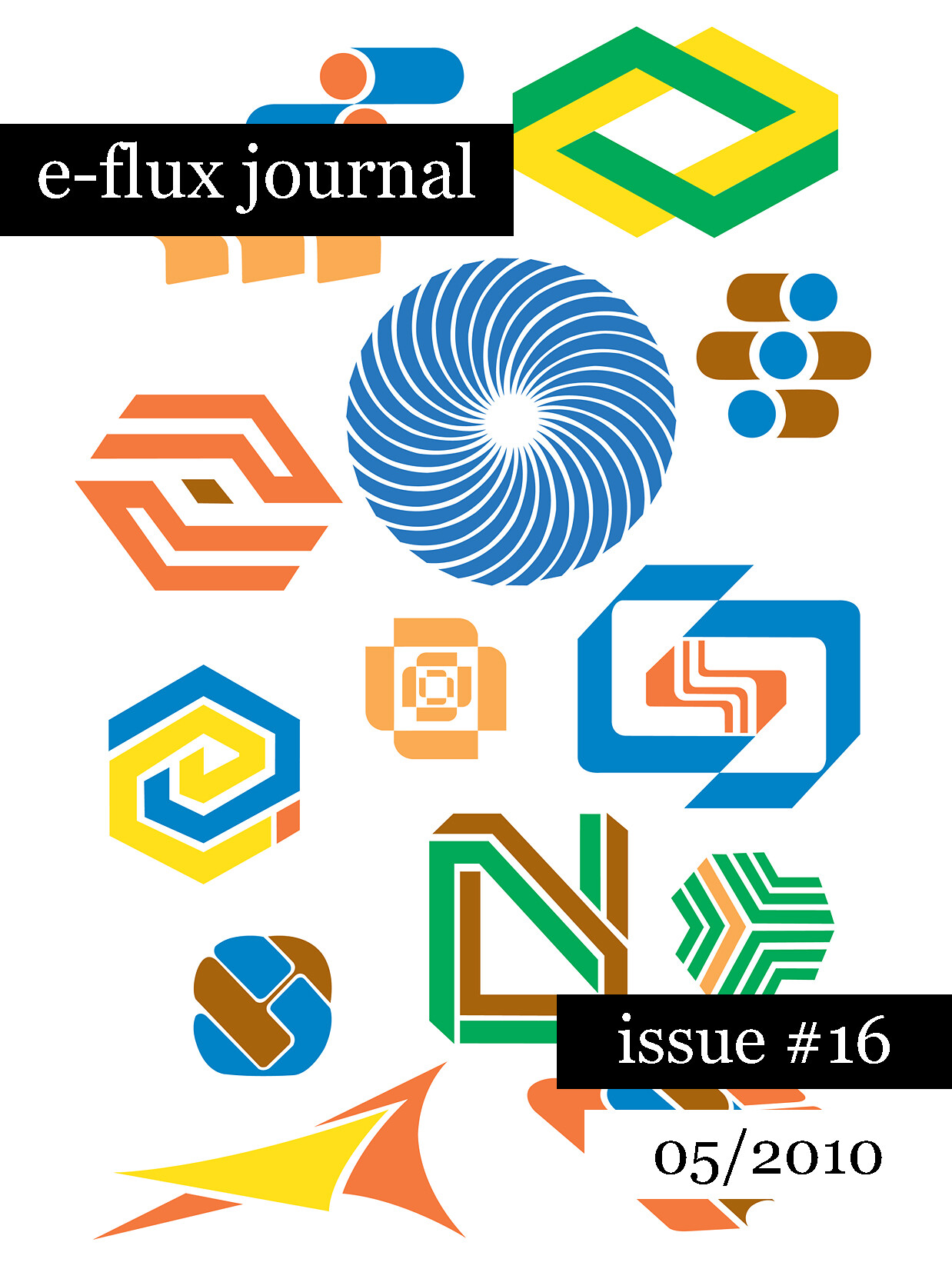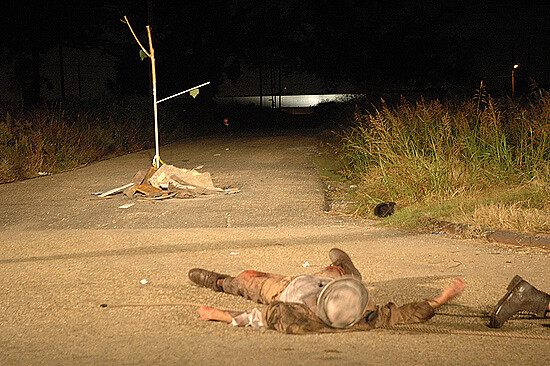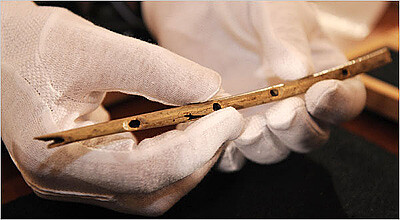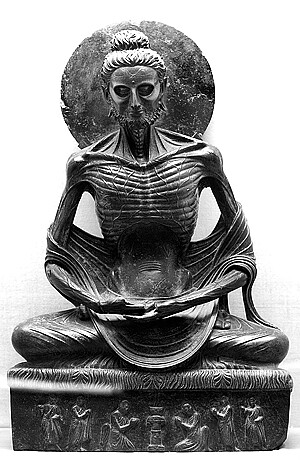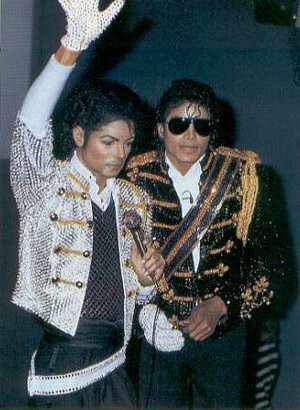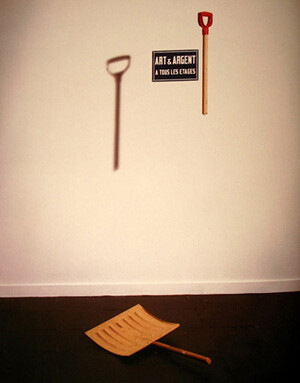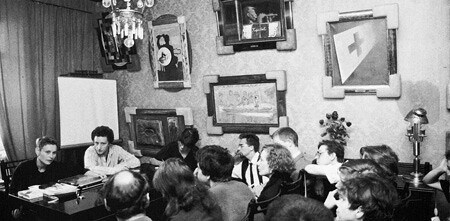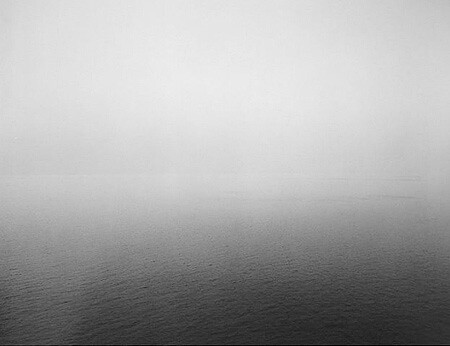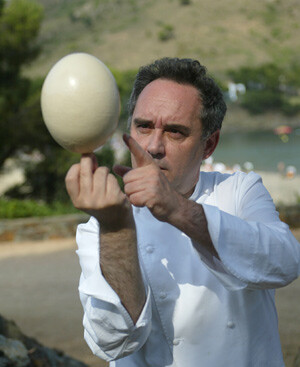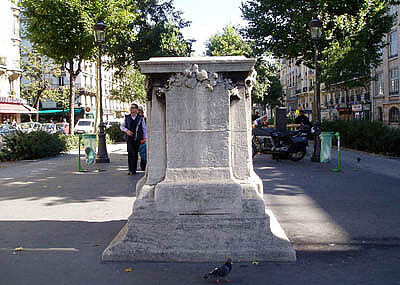In Samuel Beckett’s Waiting for Godot , two men wait by the side of a country road for a man who never comes. If done right, that is to say, if done with humor, fortitude, and a whiff of desperation, the play is as contemporary, funny, precise, courageous, and unknowable as I imagine it was back in 1952, when the play premiered in Paris.
When I worked with others to stage Godot in New Orleans in 2007, we took many liberties to make it work at that place, for that moment in time. We…
Issue #16
May 2010
With:
Julieta Aranda, Brian Kuan Wood, Anton Vidokle, Paul Chan
, Diedrich Diederichsen, Liam Gillick, Hu Fang, Bilal Khbeiz, Sven Lütticken, Nataša Petrešin-Bachelez, and Dieter Roelstraete
Things would be much simpler if there existed a consistent means of evaluating art’s capacity to provide a concrete value for people. It’s a problem to which capital provides the most immediate solution—beyond the mundane routine of the art market, Brandeis University’s (ongoing) attempt to close their Rose Art Museum and liquidate its entire collection stands as a particularly unfortunate example of how a priceless collection of art, given the right circumstances (total financial meltdown),…
View List
View Grid
11 Essays
May 2010
I.
Music has no value. That is both the problem as well as the foundation for a broad stream of observations to follow here on the utopian character of music. The idea that music does not have—or has ceased to have—any value may be assessed in different ways; it may be regarded as good or bad. Of course, one may also legitimately object to the idea that music can even drop out of the economy at all, but this depends on whether the economic valuation of music is bound to an…
Art is a history of doing nothing and a long tale of useful action. It is always a fetishization of decision and indecision—with each mark, structure, and engagement. What is the good of this work? The question contains a challenge to contemporary practitioners—or “current artists,” a term I will use, as contemporary art no longer accounts for what is being made—that is connected more to what we have all become than to what we might propose, represent, or fail to achieve. The challenge is…
The Hunger Artist reappeared on our radar several years after his original performance, when some old photographs of the event were posted on the Tianya virtual community website, causing an unexpected storm of controversy. Staring directly into the camera, the severely emaciated Wu Yongfang sits upright, naked except for a white loincloth wrapped around his waist like Gandhi, leaving almost nothing to the imagination. As we look in through the iron bars that separate him from the…
July 2009
Many American media outlets considered the possibility that the King of Pop’s death could have been a media stunt designed to promote the “comeback” concert scheduled for this summer in London. But what could have been a media stunt later became a possible homicide. In order to prevent further speculation, the media went to work correlating and double-checking the putative cause of death. Few went so far as to accuse Michael Jackson’s personal doctor of causing his patient’s…
→ Continued from “Art and Thingness, Part Two: Thingification” in issue 15.
In Hans Haacke’s pieces Broken R.M… and Baudrichard’s Ecstasy from the late 1980s, Duchamp’s readymades are subjected to transformations that highlight the problematic use of the readymade in the commodity art of the era: in the latter piece, a gilded urinal sits atop an ironing board; water is pumped through it from a bucket in a closed, self-referential loop. After Warhol’s canny exacerbation of the…
→ Continued from “ Innovative Forms of Archives, Part One: Exhibitions, Events, Books, Museums, and Lia Perjovschi’s Contemporary Art Archive ” in issue 13.
Historiography, as Igor Zabel wrote, never was and never is a neutral and objective activity:
It is always a construction of an image of an historical period or development … This construction plays a specific role in the symbolic and ideological systems, throughout which various systems of power manifest themselves on…
Why does almost everything seem to me like its own parody?
—Adrian Leverkühn in Thomas Mann’s Doctor Faustus
1. The Evanescent
The “Floating World” or “Ukiyo” is the name commonly given to the demimonde of nocturnal pleasures that flourished in Edo-period Japan (1603–1868), specifically in Tokyo’s historic red-light district of Yoshiwara; this era is best remembered today for the flowering of the art of woodblock prints (“ukiyo-e”) that depict various…
It is clear that curatorial practice today goes well beyond mounting art exhibitions and caring for works of art. Curators do a lot more: they administer the experience of art by selecting what is made visible, contextualize and frame the production of artists, and oversee the distribution of production funds, fees, and prizes that artists compete for. Curators also court collectors, sponsors, and museum trustees, entertain corporate executives, and collaborate with the press, politicians,…
Paris, 19.6.2009
Subject: Clifford Irving Show
Dear Clifford Irving,
No matter how familiar Paris feels—and after all this time there are days in which its monotonous, elegant beige-stone skin fits like a kid glove—I still always manage to lose my bearings in the coiled and cobbled inclines of Montmartre. Since I landed in this city fifteen years ago, I’ve lived alone in a cramped and dim illegal sublet a minute’s walk from the red-light district Pigalle. Despite my…

